Description
La boisson chaude by Christophe Huet printed on a T-Shirt
About the T-Shirt
Regular fit
Standard length, the fabric easily gives into movement
Casual wear
A classic, everyday option loved by our customers
Side-seamed
Constructed by sewing two parts together, creating a fitted look
The Unisex Staple T-Shirt feels soft and light with just the right amount of stretch. It’s comfortable and flattering for all. We can’t compliment this shirt enough–it’s one of our crowd favorites, and it’s sure to be your next favorite too!
- Solid colors are 100% Airlume combed and ring-spun cotton
- Ash color is 99% combed and ring-spun cotton, 1% polyester
- Heather colors are 52% combed and ring-spun cotton, 48% polyester
- Athletic and Black Heather are 90% combed and ring-spun cotton, 10% polyester
- Heather Prism colors are 99% combed and ring-spun cotton, 1% polyester
- Fabric weight: 4.2 oz./yd.² (142 g/m²)
- Pre-shrunk fabric
- 30 singles
- Side-seamed construction
- Tear-away label
- Shoulder-to-shoulder taping
- Blank product sourced from Nicaragua, Mexico, Honduras, or the US
Christophe Huet (1700-1759)
Christophe Huet was a painter appreciated by his 18th-century contemporaries for his animal pictures, but he is now best known for his decorative schemes in the manner of Watteau. His brother Nicolas Huet (1718-after 1788), a pupil of Jean-Baptiste Oudry, specialized in paintings of flowers and fruit. Nicolas’s son Jean-Baptiste (Marie) Huet I was an animal painter of some distinction, whose three sons Nicolas Huet II (active 1788-1827), François Huet (1772-1813) and Jean-Baptiste Huet II (b. 1772) were painters and engravers.
In 1734 Christophe was admitted to the Académie de Saint-Luc; he later exhibited in the first Salons that this Académie mounted, in 1751, 1752 and 1756, showing animal paintings. In his own lifetime he was known chiefly as an animal painter, but few works by him in this genre have been identified, probably because they have been confused with those of his nephew Jean-Baptiste Huet. However, his Dog Pointing at Partridges (1740; Musée des Beaux-Arts, Nantes) shows the influence of François Desportes.
Huet’s reputation now rests entirely on the attractive interiors that he designed for various houses in and around Paris. He was responsible for the décor of a salon in the château of Champs (Seine-et-Marne), which he painted for Mme de Pompadour, and the ‘Cabinet des Singes’ at the Hôtel de Rohan, Paris. In 1733 he worked with Claude Audran III on the décor of the château of Anet for the Duchesse du Maine (a gilded salon, destroyed). Huet is also credited with two rooms decorated with painted singeries in the château of Chantilly, which Edmond de Goncourt attributed to Antoine Watteau. In all these décors Huet featured conventional Chinese characters busily engaged in very Occidental pastimes and accompanied by monkeys imitating men. These witty scenes, painted in an alert style, without constraint and with great elegance, put Huet in the ranks of the best ornamental painters of the first half of the 18th century.

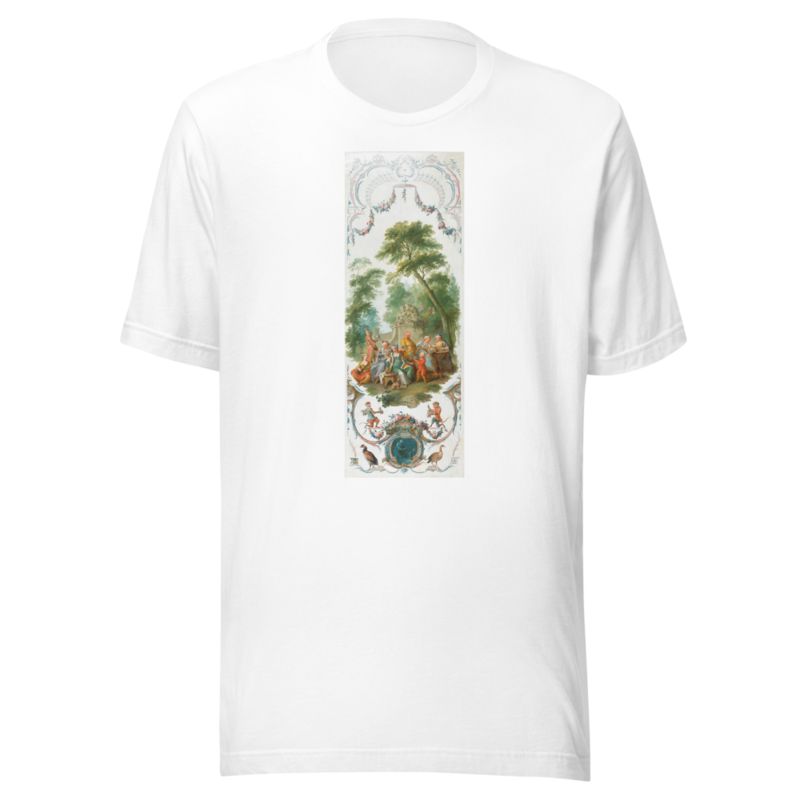
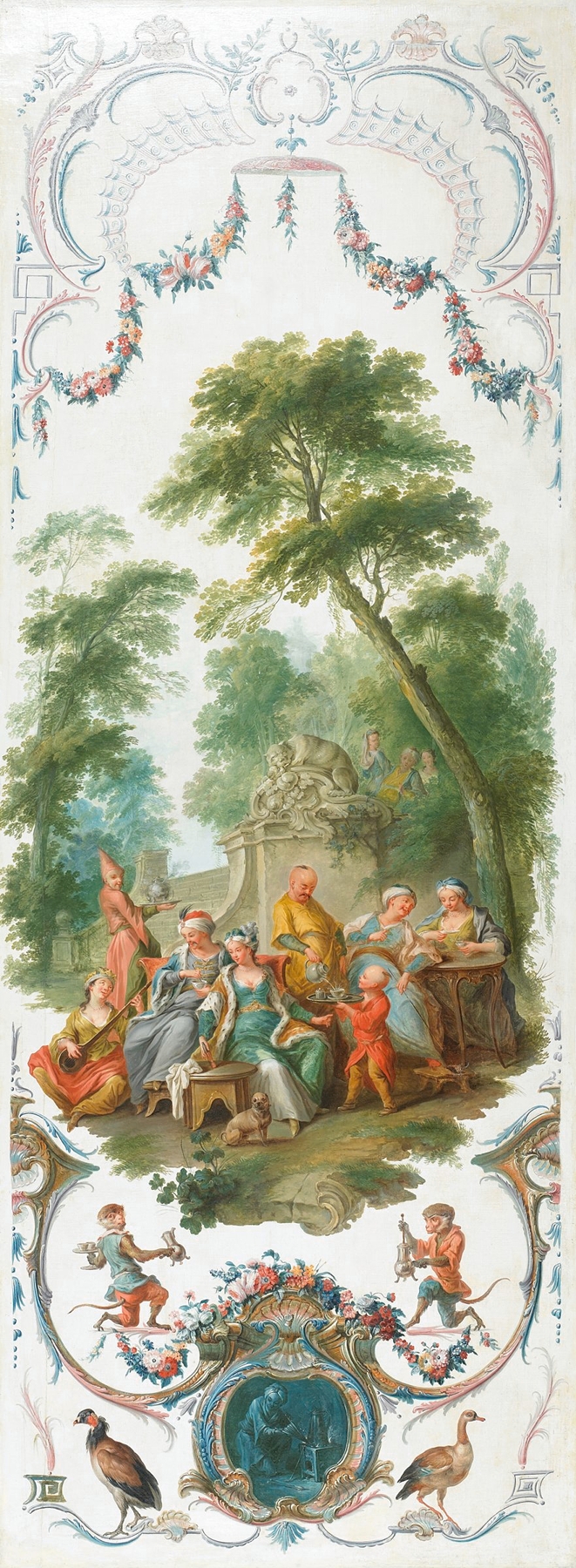
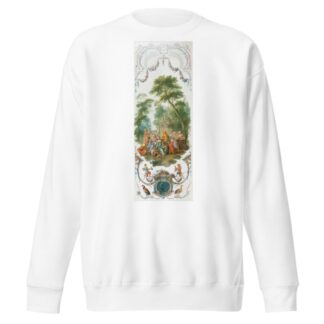
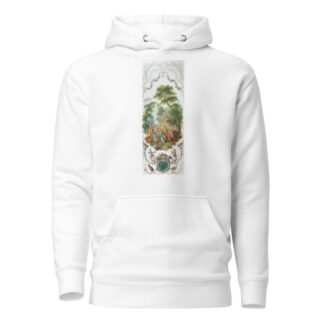
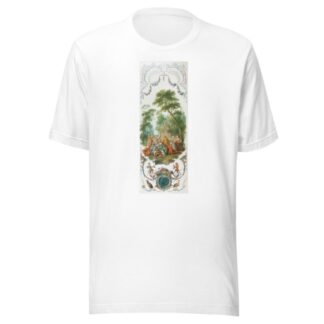
Reviews
There are no reviews yet.